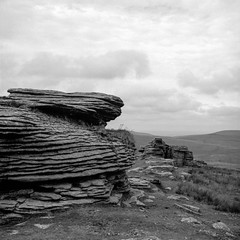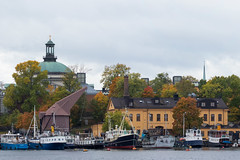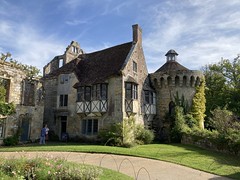Sterndale Moor Morning
Alistair Hamilton
A pale, frosty dawn on the moor. It would have looked much the same a thousand years ago when the Danes buried the last kings of Mercia, and it would have looked the same a thousand years before that when the legionnaires of Rome arrived and mined those lands for lead. The moor itself may be changeless, eternal, but it is also a blank canvas on which we can impose our own imagination.
This is close to the moor of Emily Bronte, with “the bees humming dreamily about among the bloom, and the larks singing high up overhead, and the blue sky and bright sun shining steadily and cloudlessly.” A cheerful moor, the “most perfect idea of heaven’s happiness.” But even Emily Bronte’s moor eventually claimed “three headstones on the slope next the moor — the middle one gray, and half buried in heath.”
The moor has seen so much and remains so little affected by it. Just as the sun rose and set for the kings of Mercia, it rises and sets for us. The beauty isn’t dimmed by time, and the passing of kings is of no more moment than the tragic deaths of fictional characters.
Blog photograph copyrighted to the photographer and used with permission by utata.org. All photographs used on utata.org are stored on flickr.com and are obtained via the flickr API. Text is copyrighted to the author, greg fallis and is used with permission by utata.org. Please see Show and Share Your Work








